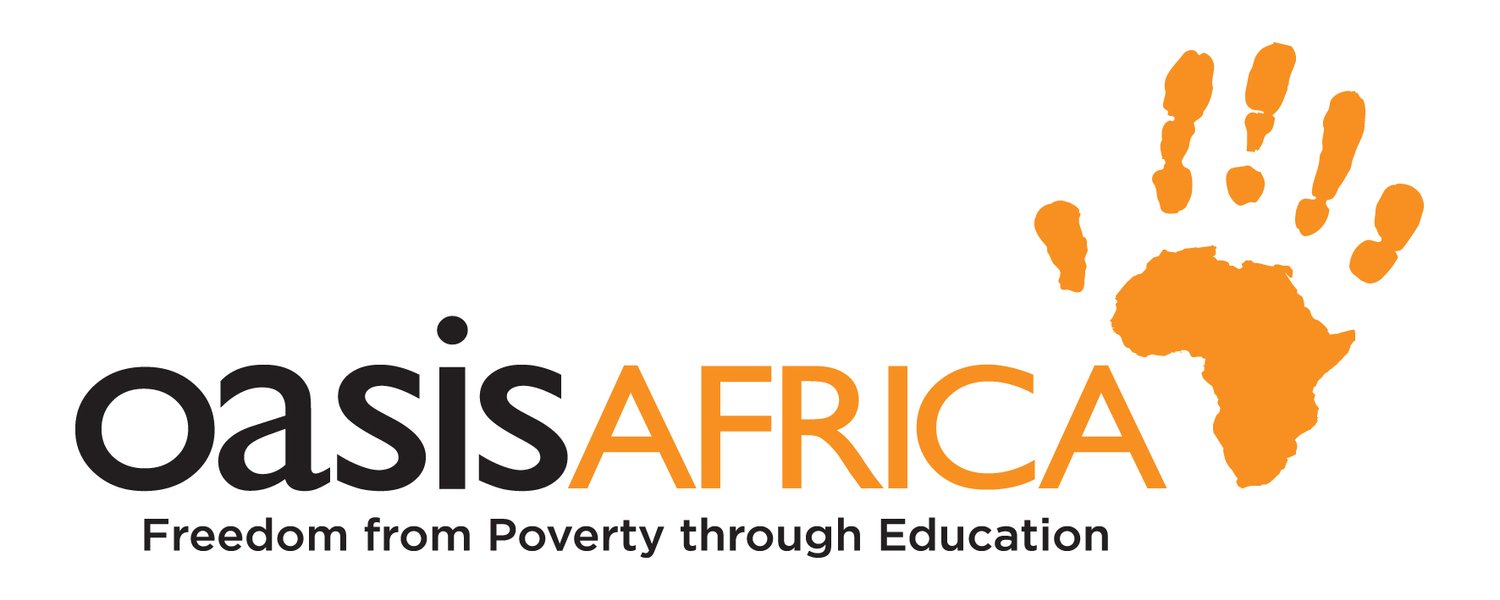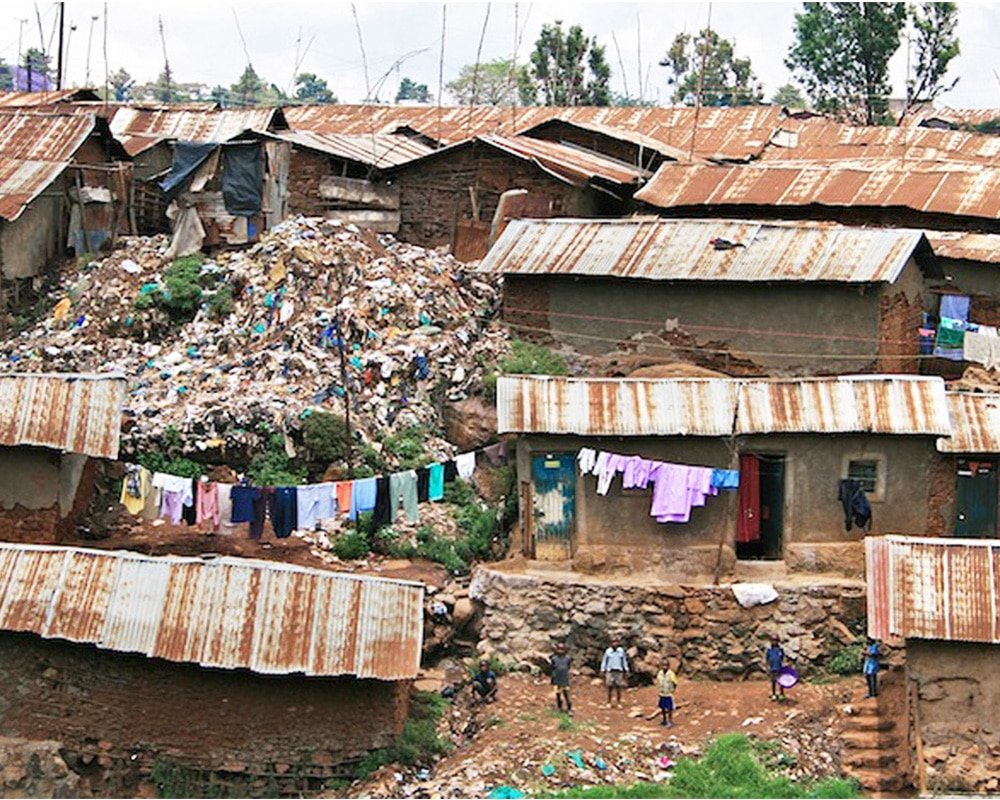HISTORY
During a visit to Kibera in June 2005, we discovered a community of 50 orphans and vulnerable children learning in a dark, small, sewage-ridden, unsafe iron shed. After seeing the need first hand, we couldn’t walk away from these children and do nothing. After providing initial support directly to this school, in 2006 Kim Winter and Lalitha Stables set up the charity Oasis Africa in partnership with Ross and Karen Howe - with a purpose to provide freedom from poverty through education.
L-R (2006): Kim Winter, Lalitha Stables, Karen & Ross Howe
On the 26 October 2006, the inaugural Oasis Africa Australia fundraiser was held in Sydney to raise awareness and funds to help create a better future for the disadvantaged and underprivileged children of Kenya. The night was a roaring success and provided the foundation to bring together a community of supporters who, each playing their part, have enabled tangible change in 1000’s of students’ lives for almost two decades.
Since 2005, the original Primary School is now a thriving self-sustaining facility as a result of direct support from Oasis Africa, over a 10 year period (2005 - 2014), providing facilities such as; classrooms that can accommodate up to 1,000 students, kitchen with jiko cookers (to provide daily meals), staff rooms, security fences, multiple pit latrines, water tank & water connection, library and networking opportunities with other charity partners working in Kibera.
Between 2013 - 2016, Oasis Africa also conducted an agriculture sustainability project to support the operations and well-being of a community Primary School Bethlehem Community Centre (BCC) in Soweto Slum, Nairobi. To ensure that Oasis Africa provided a hand up and not just a hand out, an agreed 3-year partnership was initiated to utilise BCC’s existing 40 acres of land they owned in Kamulu (about 45 minutes away from the Primary School) to establish a profitable and sustainable agricultural farm.
The project was a huge success. At the completion of the 3-year timeframe, the land was transformed from being completely uncultivated to a flourishing 11 acres under crop (french beans, peppers, maize, tomatoes, banana trees), 2 water bores each supported by 16,000 litre water tanks / towers and pumps (with thanks to the Australian High Commission for 2 successful funding grants), drip irrigation, farm animals (cows for milk and rabbits for a breeding program), pit latrines, building structures, security gate and electricity.








